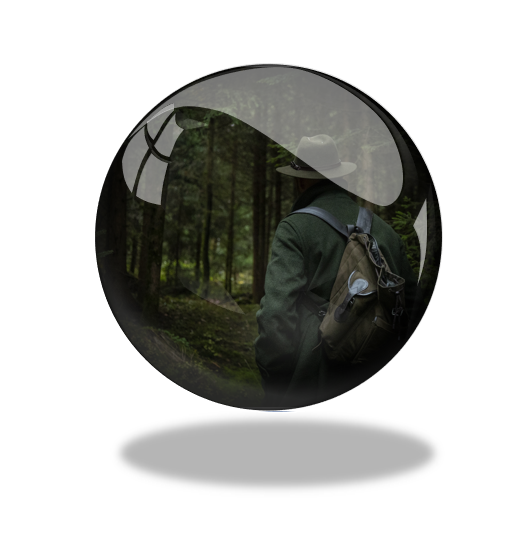Develop your facilitative leadership skills – Provide empowering leadership through your choice of questions
Please help us to get the word out in just two clicks – click here – then click the like button
Why take this challenge?
Develop more facilitative approaches to leadership through questions
Build greater participation, contributions and ownership from your team
Use normal working opportunities to better grow your people’s potential

Good questions are the most powerful tools available to us. They stimulate engagement, confront error, energise debate, foster humility, unearth reason, generate insight, build ownership, deliver progress and help us find the right answers. Questions are key to adopting a more facilitative (and less directive) style of leadership. They help us to ensure progress, and to develop our people at the same time. And they enable us to ‘Scout the Terrain’ – to really understand what is going on before seeking to influence an outcome.
But how do we find good questions?
I have been a consultant and a facilitator for over 30 years now, and I confess they still don’t come as easily as I want them to.
I believe that part of the issue is attitudinal – in my heart (read ego) I still like to be the one with the answer. But I also like to help people grow. And I know that an answer provided by me is nowhere near as powerful as an answer discovered by ‘them’.
Something that has been immensely helpful to me is Monitoring my Internal Condition. If I can keep my head in curiosity, questions come much more easily. And if I can focus on my role as a facilitator over my role as a consultant, I can rid myself of the expectation that I should already have the answers.
Also, if I can think through the journey (at a meta-level) that people are likely to be taking beforehand, I have more time to develop the questions and incorporate them in the process I am using.
And there are also sources of good questions available if we have the time to peruse them in advance. Liberating Structures is one such source, and contains a range of question / format combinations that can be used effectively to engage people’s thinking.
So this week’s adventure is to practice deliberately using questions where you might otherwise provide answers.
+ Green track - taking it in your stride
+ Blue track - a bit of a workout (click to open)
+ Red track - stepping up to bat (click to open)
You may find the following resources helpful in tackling your challenge or in gaining further benefits from the skills and insights you develop
- Understanding effective questions
- Liberating structures website
- Meaningful conversation and staying curious
To catch up on past adventures you may have missed, feel free to browse our Adventures Library
Let us know how you get on.
Share your experience, your insights and your observation using the comments section at the bottom of the Linkedin post.
Please help us to extend and develop our community by sharing what you are doing. Click on the links below where you are most active, and then like or share the article to your network. Thank you for helping.
- Share the Linkedin version of the challenge
- Tweet the challenge on Twitter
- Share your progress and insights with the Linkedin LbA community
And share your progress and insights with the Twitter LbA community using #leadingbyadventure
Useful links:
Adventures to date | I did it, but it didn’t work very well | How do I know if it is working
Bringing this thinking into your meetings | Adventure & Mental Health
Leading by Adventure community | Explore Strategic Support options











